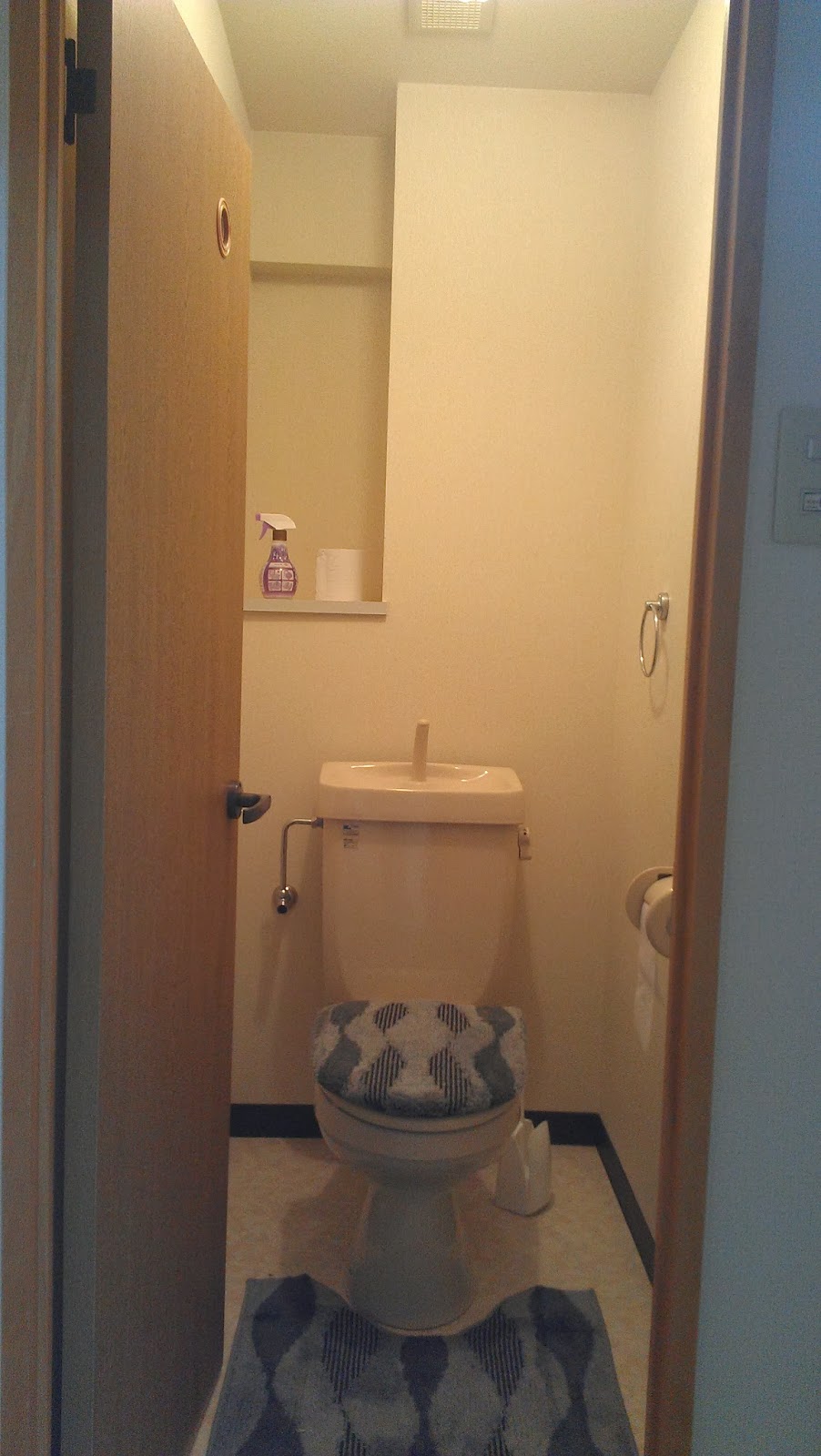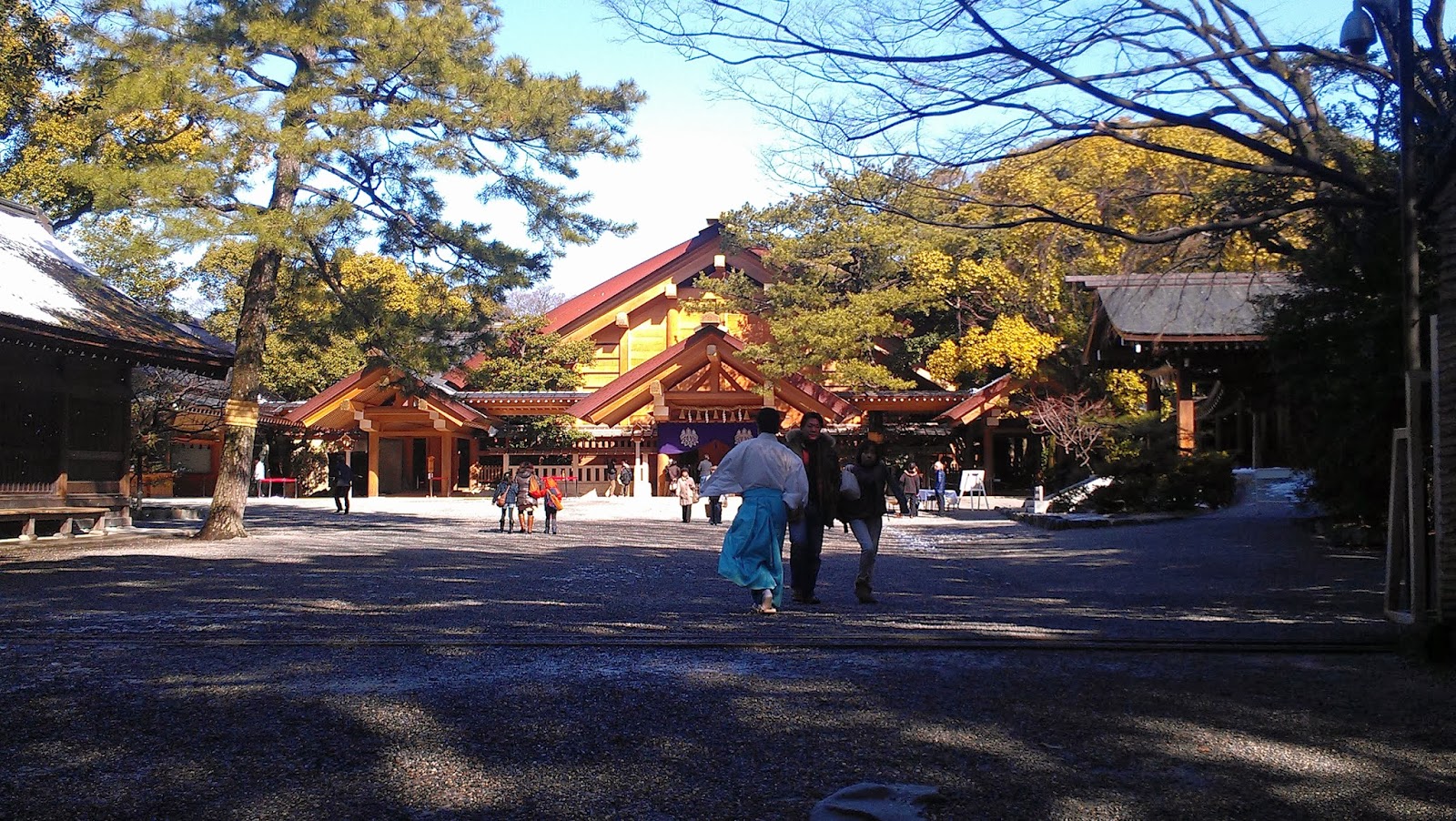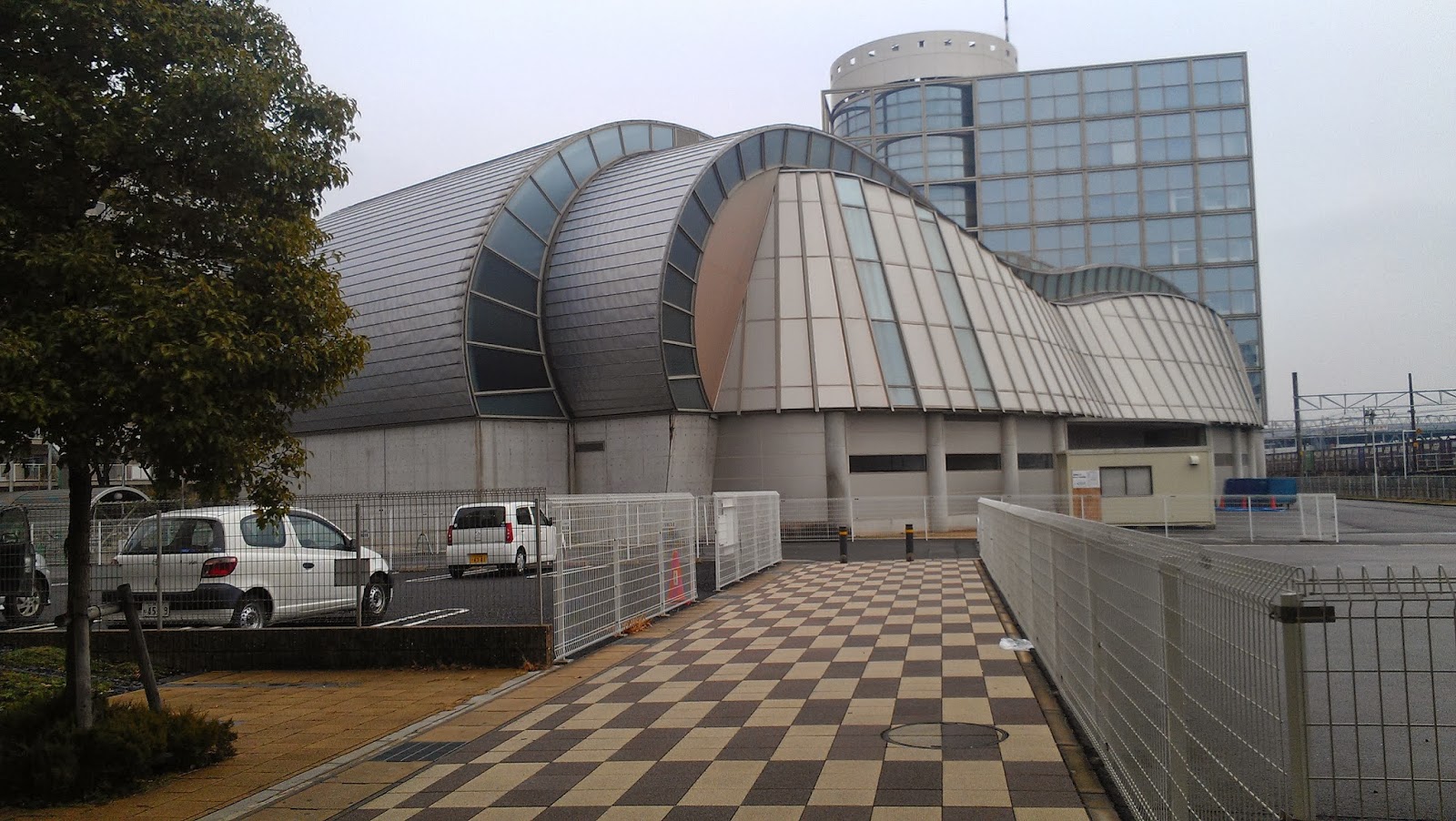In Japan, as in many countries around the world, air drying the way to go for laundry. Though I'm used to the line drying methods of Sri Lanka and New Zealand, most Japanese balconies have laundry poles that are attached to hooks hanging from your balcony. Not using a dryer is both a cost and energy savings which is pretty neat.
Though the idea is sound, Aichi-ken in February is still relatively cold and, more problematically, quite windy. Besides the socks hanger that was a part of the rental package, I needed to get the rest of my clothes dry so I hung my shirts on normal clothes hangers and used dryer clips to make sure they stayed put.
Unfortunately there was no such guarantee that the hangers would actually stay on the laundry pole when the wind kicked up to the fourth floor. So I may have used duct tape as a precaution, though I would count my shirts like a crazy lady every time I went out to the balcony, just to make sure my 'I heart Canada' pajama bottoms hadn't ended up in the neighbor's backyard.

For even more fun, there is the 10 piece grip hanger which is even handier for t-shirts specifically.
And voila...laundry secured. Though the duct tape managed to keep the hangers on the laundry pole for a few hours, I value both my sanity and my duct tape a bit too much to make that a regular ordeal. Just wait a few hours and pray that it doesn't snow, and you're pretty much good to go!

Though the idea is sound, Aichi-ken in February is still relatively cold and, more problematically, quite windy. Besides the socks hanger that was a part of the rental package, I needed to get the rest of my clothes dry so I hung my shirts on normal clothes hangers and used dryer clips to make sure they stayed put.
Unfortunately there was no such guarantee that the hangers would actually stay on the laundry pole when the wind kicked up to the fourth floor. So I may have used duct tape as a precaution, though I would count my shirts like a crazy lady every time I went out to the balcony, just to make sure my 'I heart Canada' pajama bottoms hadn't ended up in the neighbor's backyard.

Luckily, Japan is great at thinking of ingenious solutions to common problems. Presenting to you: the grip hanger from DAISO. At the top of the hanger where there is normally a hook, instead there is a pinch clamp that you can close up around the laundry pole. Ergo, the hanger stays on the pole. Genius!
For even more fun, there is the 10 piece grip hanger which is even handier for t-shirts specifically.
And voila...laundry secured. Though the duct tape managed to keep the hangers on the laundry pole for a few hours, I value both my sanity and my duct tape a bit too much to make that a regular ordeal. Just wait a few hours and pray that it doesn't snow, and you're pretty much good to go!
















































